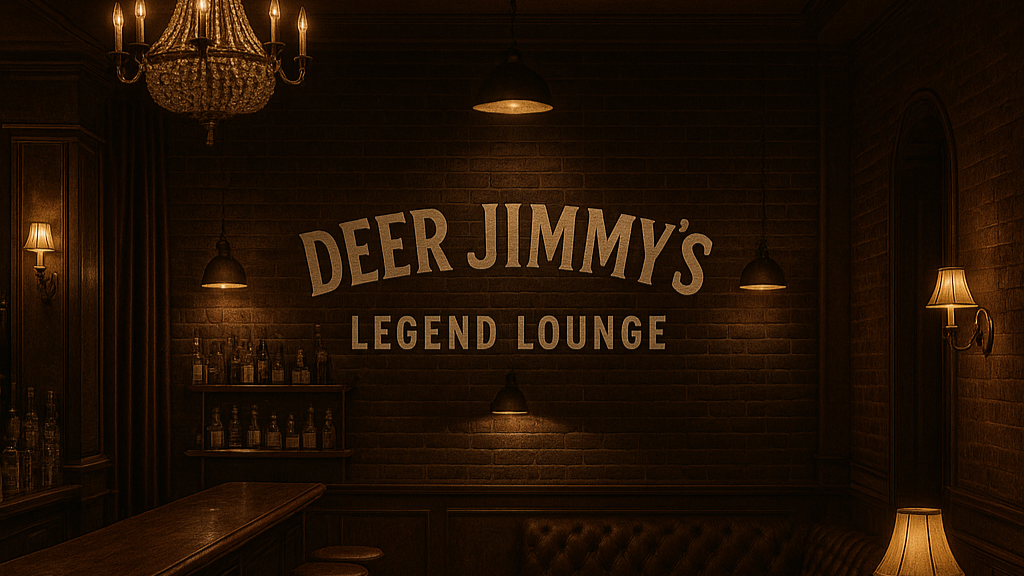Aging on the Edge: What Happens When You Leave It Too Long
More Isn’t Always Better
At first, aging feels like magic. Each day adds depth. Each week brings complexity. And then comes the voice in your head: What if I just let it go longer? It’s tempting. After all, time equals character, right? Not always. Because there’s a fine line between bold and bitter, layered and overdone — and crossing it is easier than you think.
Oak Has a Limit
The chips inside your Deer Jimmy’s® bottle don’t age forever. At a certain point, they stop giving and start dominating. The vanilla becomes tannin. The soft spice turns sharp. The warmth flattens into dryness. Especially with more aggressive woods — like Islay, brandy or toasted bourbon — there’s a threshold. Pass it, and your spirit starts tasting less like balance and more like barrel scrapings.
Signs You’ve Gone Too Far
You’ll notice it in the nose first. The sweetness fades. The aroma becomes thin, even harsh. Then the taste confirms it: astringency, bitterness, sometimes a strange woodiness that doesn’t feel integrated. The color may look beautiful — deep amber, maybe even red-gold — but the flavor tells a different story. What once felt like evolution now feels like overexposure.
Can You Save It?
Sometimes, yes. A few drops of water can round out harsh edges. Blending it with a fresher batch can restore balance. Using it as a base for a strong cocktail — something stirred and bitter-forward — can disguise the excess. But the best cure is prevention: tasting as you go. Let your palate tell you when enough is enough. Don’t age by calendar. Age by instinct.
Know When to Let Go
There’s power in knowing when to stop. When your spirit hits that perfect point of balance — color, nose, taste all aligned — that’s the moment to bottle it. Not out of fear, but out of confidence. Aging is about trust. In the wood. In the process. And eventually, in your own judgment. That’s how you go from following the steps… to mastering the craft.









